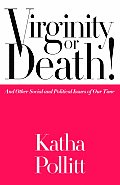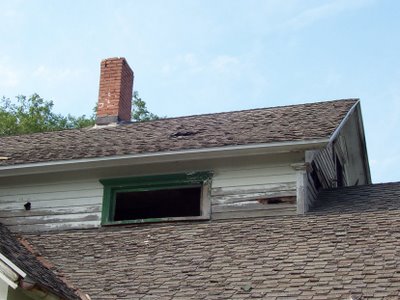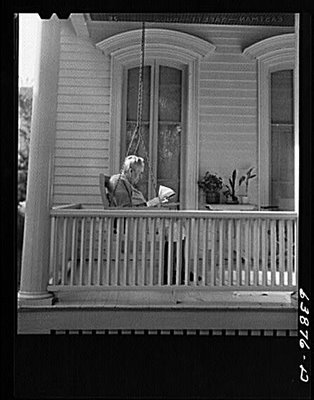
John Himmelman is the simply the best author and illustrator of kid's books on the natural world that I've seen. We have A Pill Bug's Life, A Slug's Life, An Earthworm's Life, and A Hummingbird's Life, and I wish we had all of the others in the Nature Upclose series (monarch butterfly, Luna moth, woodfrog, dandelion, mouse, salamander, house spider, ladybug, and mealworm).
His stories (aimed at ages 4-8, but appropriate for much younger children, and yet still interesting for older kids and adults) all feature exquisite and environmentally accurate illustrations of a creature, its life cycle, and its interactions with its world - which include children. This not only makes the books more interesting to kids, but it reminds them (or shows them) how they influence nature, and that ecosystems aren't something confined to rainforests half a world away or an Animal Planet documentary. And unlike Eric Carle's books (as much my kids love The Very Hungry Caterpillar and The Very Quiet Cricket, with its battery operated chirper), there's little anthropomorphizing in Himmelman's books. The pillbug* doesn't get grouchy (or talk), it just finds a place to sleep for the winter.
I wish we lived near Connecticut, because I see from his website (linked above) that Himmelman does school programs, and I'll bet they are wonderful.
Another couple of kid's books that my family enjoys are The Salamander Room, by Anne Mazur, and Where Do You Live?, by Eva Knox Evans - an old out-of-print Golden book (published in 1960) that survived my parents' garage sale culling to get handed down to the next generation.
Both of my kids also spend an inordinate amount of time just paging through the Audubon Field Guide to North American Insects and Spiders and the Audubon Field Guide to North American Birds - Eastern Region - my daughter has her little plastic tiger "looking at the bug book" as I write. And while getting the links for the Audubon guides, I found that Robert Michael Pyle (see The Thunder Tree review) did the Audubon field guide for butterflies! We must have that book before the summer is over. Just this morning we tried to identify a strange caterpillar (ewww, some big grey hornwormish thing), and didn't find it in the regular bug book.
Here are some nice online lists of nature books for kids for you to browse:
Outstanding Science Books for Kids K-12 from the National Science Teachers Association
Growing Good Kids Book Awards from the Junior Master Gardener program
Nature Books from the Center for Children's Books at the University of Illinois
The Nature Section at Embracing the Child - a nice list organized by author with many links to author websites and an illustrated descriptions of many of the books.
We found a couple of new favorites from the last list - Eliza and the Dragonfly, by Susie Caldwell Rinehart, and My Favorite Tree: Terrific Trees of North America, by Diane Iverson. And we also have an abundance of non-fiction books on starfish, bats, animal tracks, how tadpoles turn into frogs, etc., mostly picked up for a quarter each at local library book sales.
We also have a few books that drive me crazy with their flowers blooming out of season, or in the wrong ecozone. That's why I love John Himmelman's books so much - he gets absolutely everything right.
And speaking of getting it right - there's one "nature book" I can't endorse: Brother Eagle, Sister Sky, by Susan Jeffers. When I taught a course titled Archaeology & Environment, I started the course with a little background on American archaeology and Native peoples, history, and stereotypes - and Brother Eagle, Sister Sky was one of the bad examples of stereotyping and poorly researched history. As much as I like the environmental ethic in the book, the use of Plains Indian costume and the totally fabricated speech by Chief Seattle is just too appalling to ignore.
Furthermore, it was one of the stars of Oyate's List of Books to Avoid on Native peoples - read the review by Doris Seale for some specifics, and for some of the Suquamish leader's eloquent but decidedly not picture-book-material words. Oyate (a Native organization promoting more honest portrayals of American Indians) also has a wonderful catalogue of good books, by the way.
While googling, I ran across The World of Chief Seattle, by Warren Jefferson - I haven't seen it (my Michigan library doesn't stock too many kid's books on the Pacific Northwest), but the cover looks promising. Sorry, Jennifer from Under the Ponderosas, I just don't have much on your neck of the woods. Let me know what you discover, ok?
*aka wood louse or roly-poly bug. One of the only terrestial crustaceans, as we learned from John Himmelman, which once led my "everyone must always have facts correct" son with OCD into an argument with a school librarian who repeatedly insisted it was an insect.
Tags:







